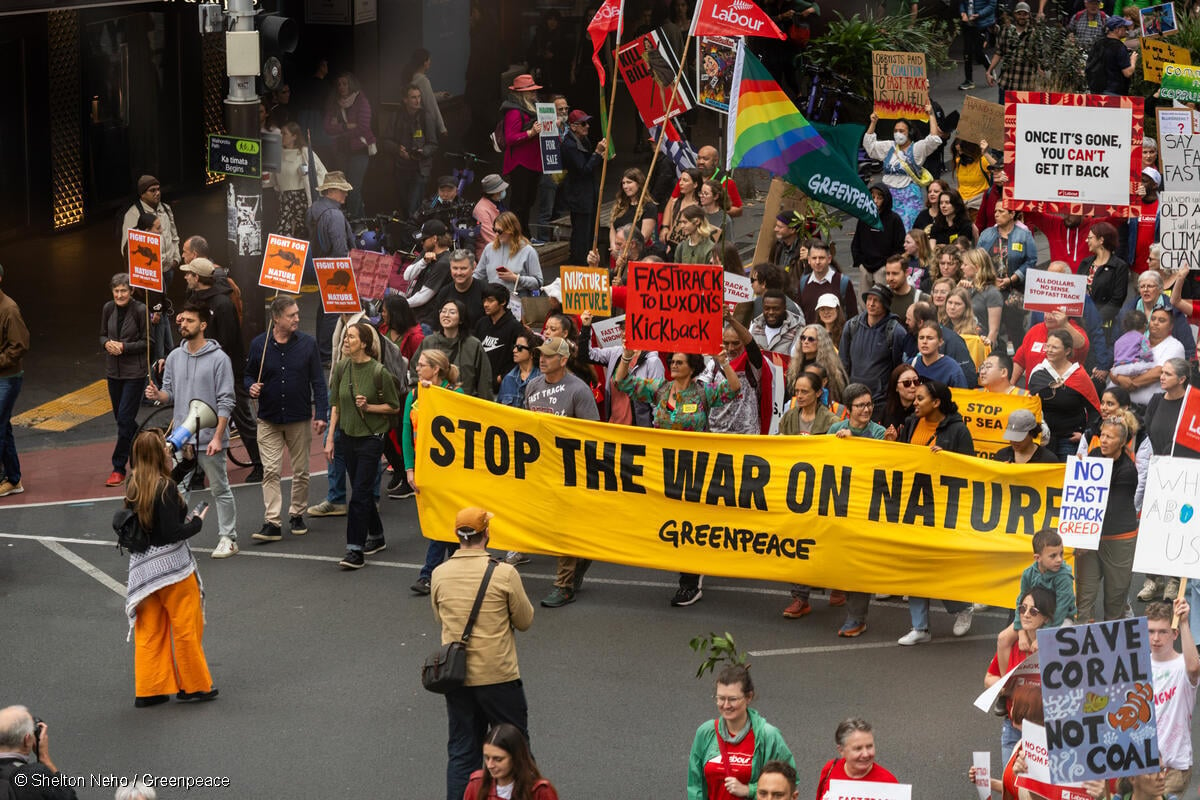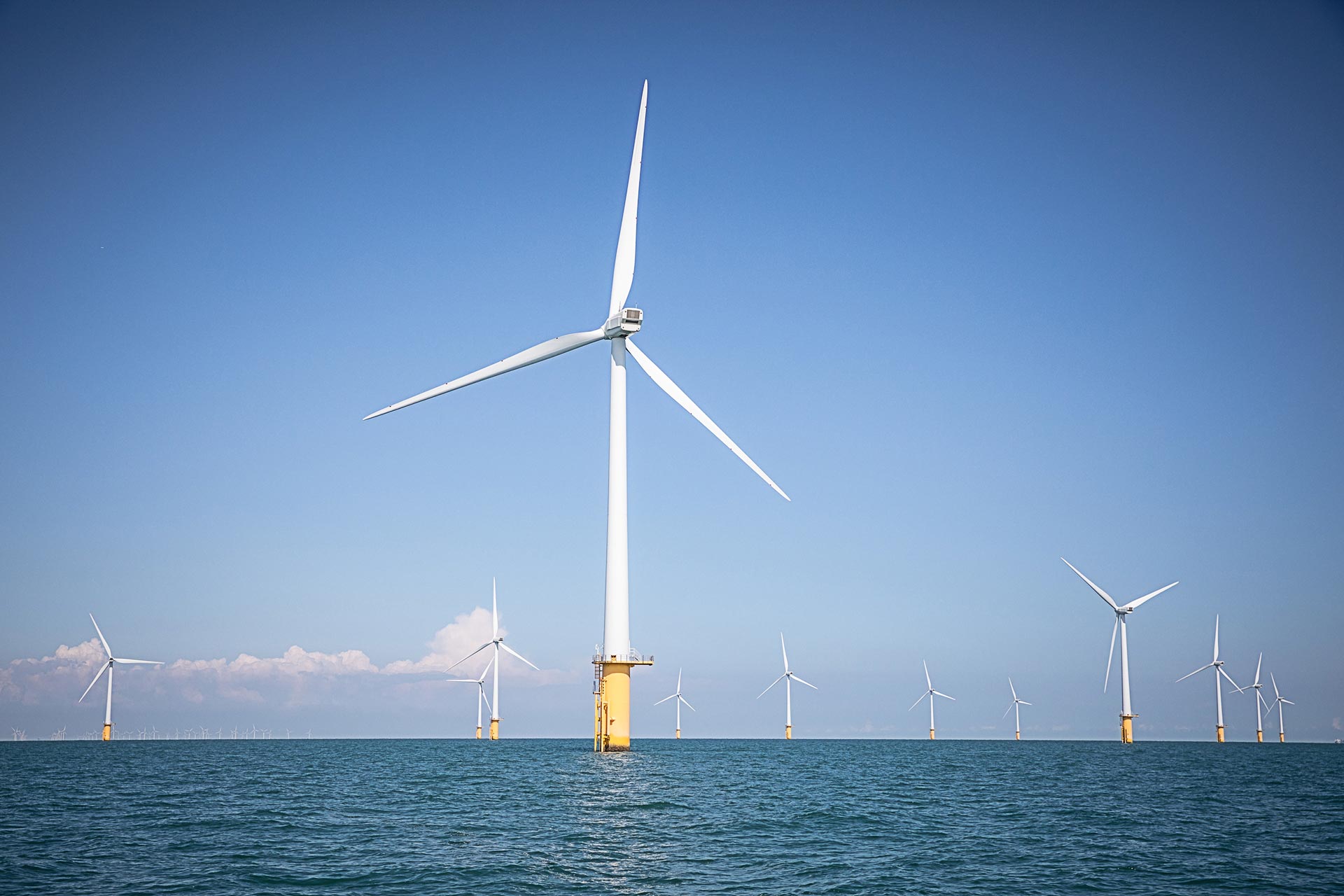As the world experiences yet another scorching hot summer, the hugely successful Barbie movie showcases a stunning pink ride with Barbie taking the wheel and sharing rides (unwillingly) with Ken.
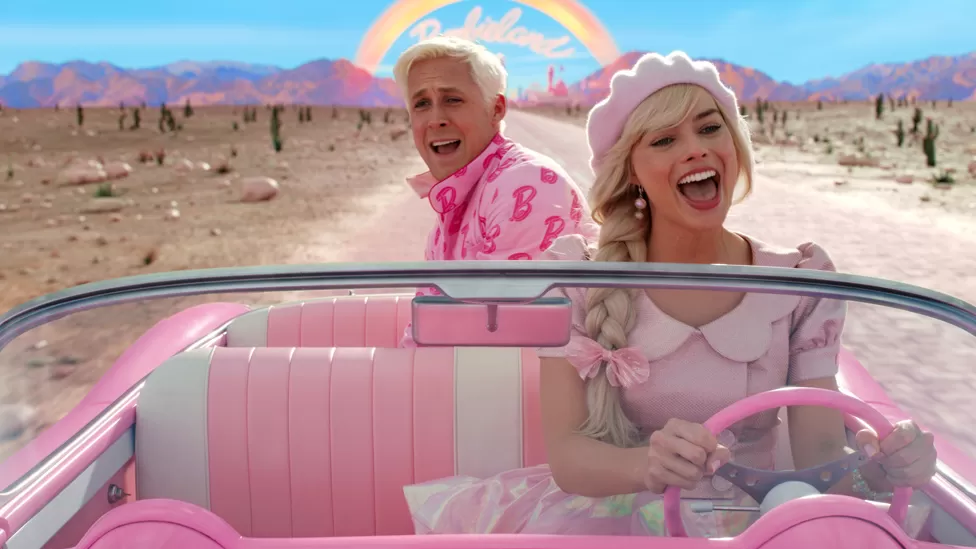
However, what Barbie might not be aware of is the significant impact transport has on the global climate crisis. The International Energy Agency (IEA) makes it clear that transport is responsible for over 1/5th of direct CO2 emissions from fuel combustion, with passenger vehicles contributing the largest portion at 45%.
As a Barbie Girl living in a warming world, Barbie will have to rethink cars. Over the years, she’s had several chic and luxurious cars. But is driving really necessary for her daily activities?
Most of the time, whether on the beach or in the neighborhood, Barbie prefers to walk or roller skate. While she occasionally needs a car, it might only be for long journeys, like venturing into the “real world.”

Studies show that cars are parked 95% of the time, occupying vast amounts of space, while often being driven around with only 1.6 people on average in a private car in the US. From this perspective, Barbie and Ken’s ride-sharing to the real world is an exception in the US, as most cars carry only one passenger, according to the US Department of Transportation.
One positive aspect of Barbie’s car evolution is her transition from driving fossil fuel-powered cars to an electric vehicle (EV). According to the International Council on Clean Transportation, the life-cycle emissions of battery electric vehicles registered in Europe, the United States, China, and India are approximately 67.5% (Europe), 64% (United States), 41% (China), and 26.5% (India) lower than comparable gasoline cars.
Notably, Barbie drives a small EV, while Ken is given an electric SUV, probably to match his traditionally masculine role. Studies in the US and Australia have highlighted the issue of excessive reliance on big cars. In 2022, the IEA finds that electric SUVs accounted for over half of electric car sales, breaking records. Bigger cars means bigger batteries and requirement for more critical minerals, as well as the carbon-intensive auto steel. In other words, what made Ken “cool” is not really “cool” for our planet.
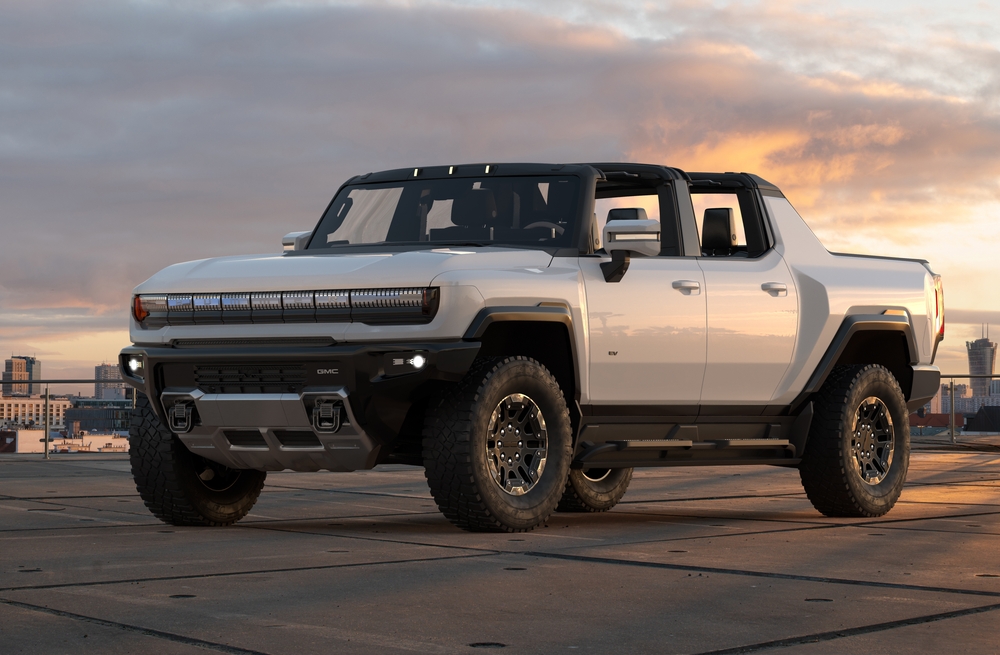
As the planet warms, purchases of SUVs have experienced a significant surge, escalating from 20% of new car sales in 2012 to a staggering 46% of all cars sold in 2022, according to the IEA. If SUVs were a country, they would be the world’s 6th largest CO2 emitter. So when automakers think they’re helping the climate by switching to EVs, the truth is that the rise in SUV sales resulted in 70 million tons of additional carbon dioxide emissions in 2022, almost negating the 80 million tons reduced by transitioning to EVs.
For EVs to become a truly sustainable option, efforts in Barbie Land (and the real world) should focus on reducing car sizes and investing in solar and wind charging facilities. Additionally, holding automakers accountable for battery durability, energy efficiency, repairability, reuse, and recyclability will help minimize the use of virgin materials.
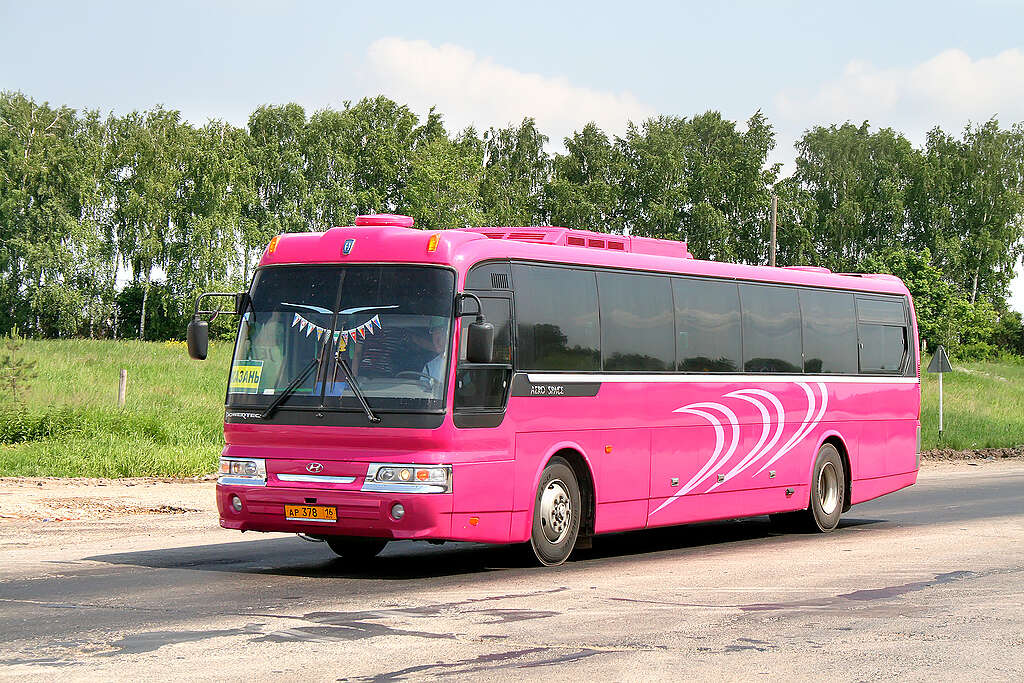
Ultimately, Barbie should have the option to access affordable and efficient public transport, such as buses, trains, or metros. Hiring an urban planner in Barbie Land to design multi-use roads with safe spaces for pedestrians and bicycles, along with low-emission zones that allow only zero-emission mobility services, would be a fantastic step towards a greener future!

Call on the NZ Government to phase out the import and sale of cars that run on petrol and diesel.
References
1. IEA: Transport Tracking report
2. Climate Central
3. “Cars are parked 95% of the time”. Let’s check!
4. It’s True: The Typical Car Is Parked 95 Percent of the Time
5. Icct: a global comparison of the life-cycle greenhouse gas emissions of combustion engine and electric passenger cars
6. Hiya, Barbie, you wanna go for a ride?
7. Why Americans love big cars
8. Australia’s love of big cars is undoing the benefits of the shift to EVs
9. As their sales continue to rise, SUVs’ global CO2 emissions are nearing 1 billion tonnes

